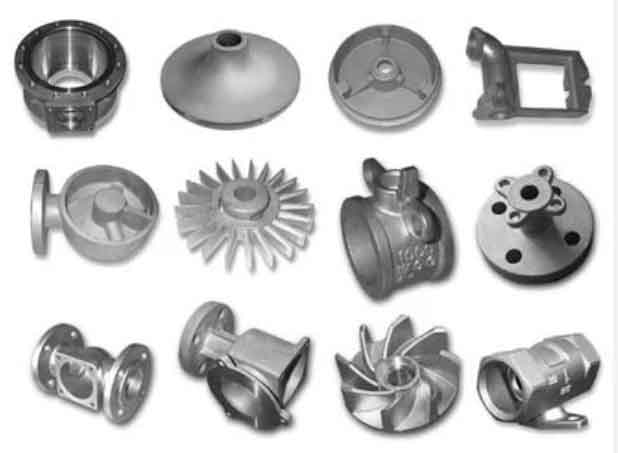Ductile iron casting, also known as nodular iron casting or spheroidal graphite iron casting, is a specialized manufacturing process used to produce high-strength and ductile components with complex shapes. The process involves several key steps that contribute to its engineering excellence:

1. Material Selection: Ductile iron is a type of cast iron alloy that contains nodular graphite in its microstructure, providing superior mechanical properties compared to traditional grey iron. The material selection is critical to ensure the desired mechanical characteristics for the final product.
2. Pattern and Mold Making: The process begins with the creation of a pattern, which is a replica of the desired part. The pattern is used to make a mold, usually made from sand or other materials. The mold is designed to accommodate the shrinkage and other characteristics of the molten metal during solidification.
3. Melting and Pouring: Ductile iron is made by melting iron along with specific alloying elements, such as magnesium, in a furnace. The molten metal is then poured into the prepared mold.
4. Cooling and Solidification: After pouring, the metal cools and solidifies in the mold, taking the shape of the pattern. During this phase, the graphite forms nodules, giving ductile iron its unique microstructure and mechanical properties.
5. Shakeout and Cleaning: Once the metal has solidified, the mold is removed, and the casting is shaken out to remove excess sand and debris. The casting is then cleaned to remove any remaining mold material.
6. Heat Treatment (Optional): Depending on the desired properties, the ductile iron casting may undergo heat treatment processes such as annealing or quenching and tempering to further improve its mechanical characteristics.
7. Machining and Finishing: After casting, the component may undergo additional machining and finishing processes to achieve the final dimensions and surface quality required for the application.
The ductile iron casting process offers several advantages, including:
1. High Strength and Toughness: Ductile iron has excellent tensile strength, yield strength, and impact resistance, making it suitable for applications that require components to withstand heavy loads and dynamic stresses.
2. Design Flexibility: Ductile iron casting allows for the production of complex shapes and intricate designs, enabling engineers to optimize the part’s performance.
3. Cost-Effectiveness: Ductile iron is generally more cost-effective than other materials, especially when producing large quantities or complex components.
4. Corrosion Resistance: Ductile iron exhibits good corrosion resistance, making it suitable for applications in various environments.
5. Fatigue Resistance: The nodular graphite structure of ductile iron provides superior fatigue resistance compared to other cast iron materials, making it ideal for applications subjected to cyclic loading.
Ductile iron casting is widely used in automotive, construction, heavy machinery, and other industrial sectors, where its combination of strength, ductility, and cost-effectiveness makes it a preferred choice for a wide range of applications. The process requires expertise and precision to produce high-quality castings, and collaboration with experienced foundries is essential to achieve engineering excellence in ductile iron casting.
